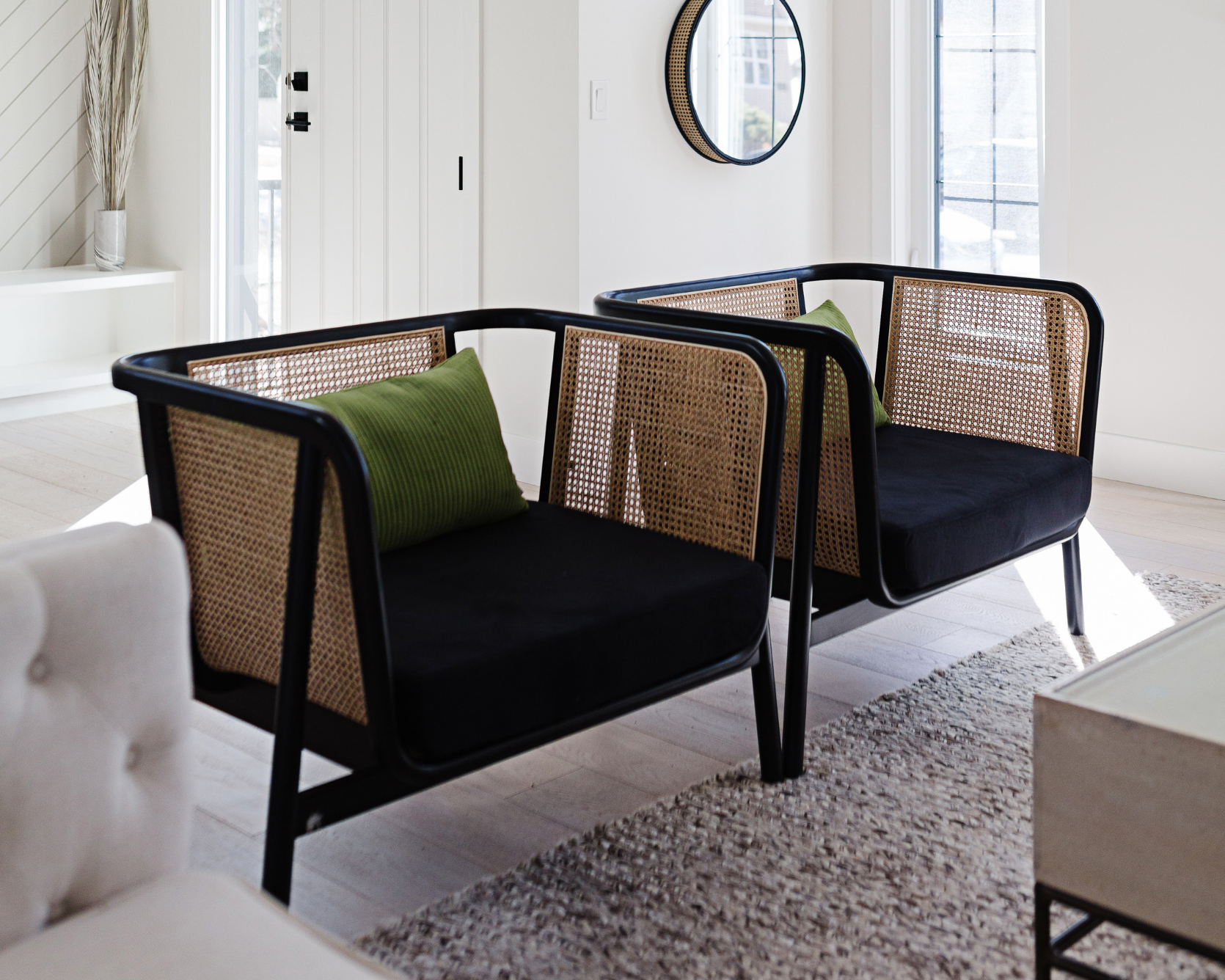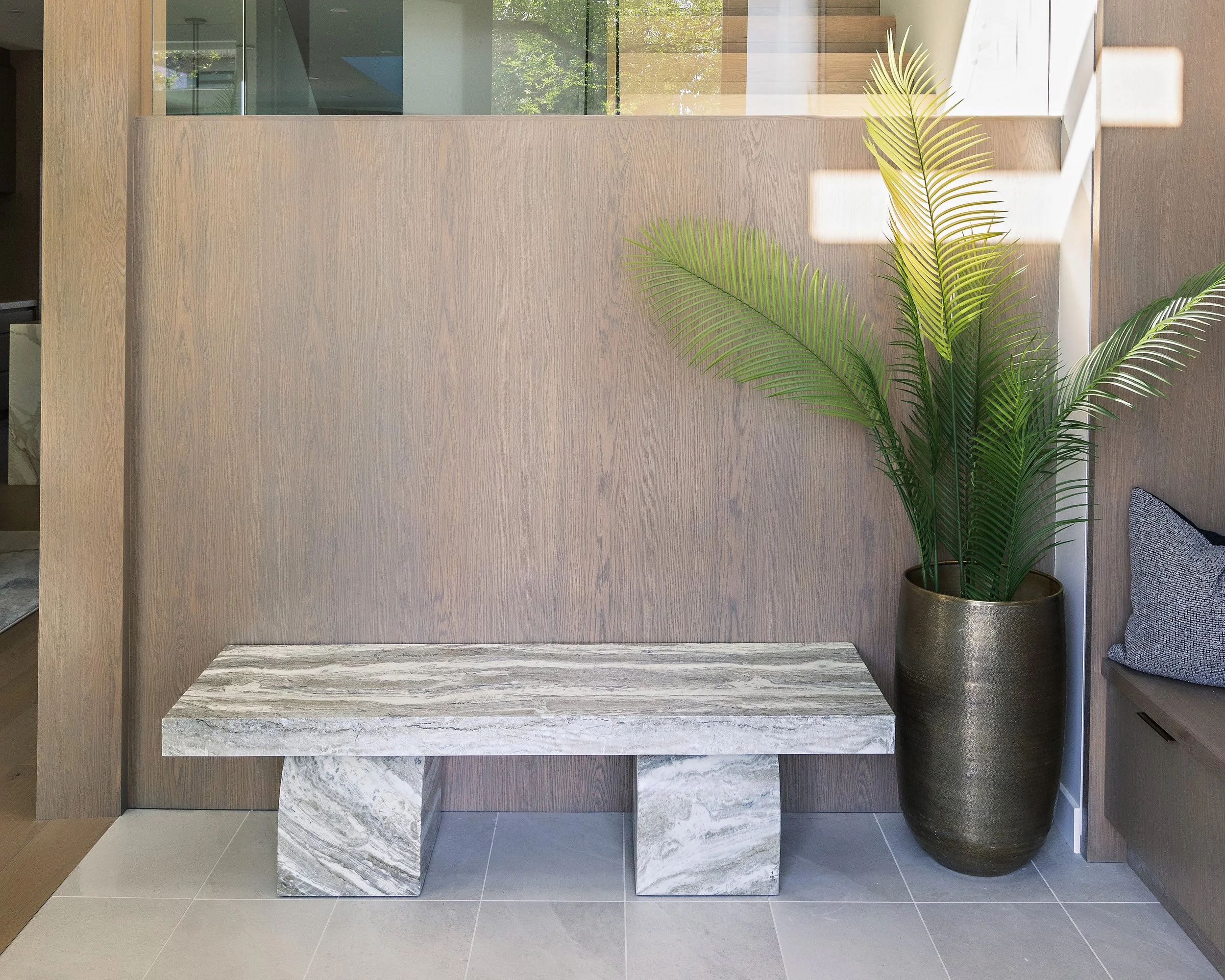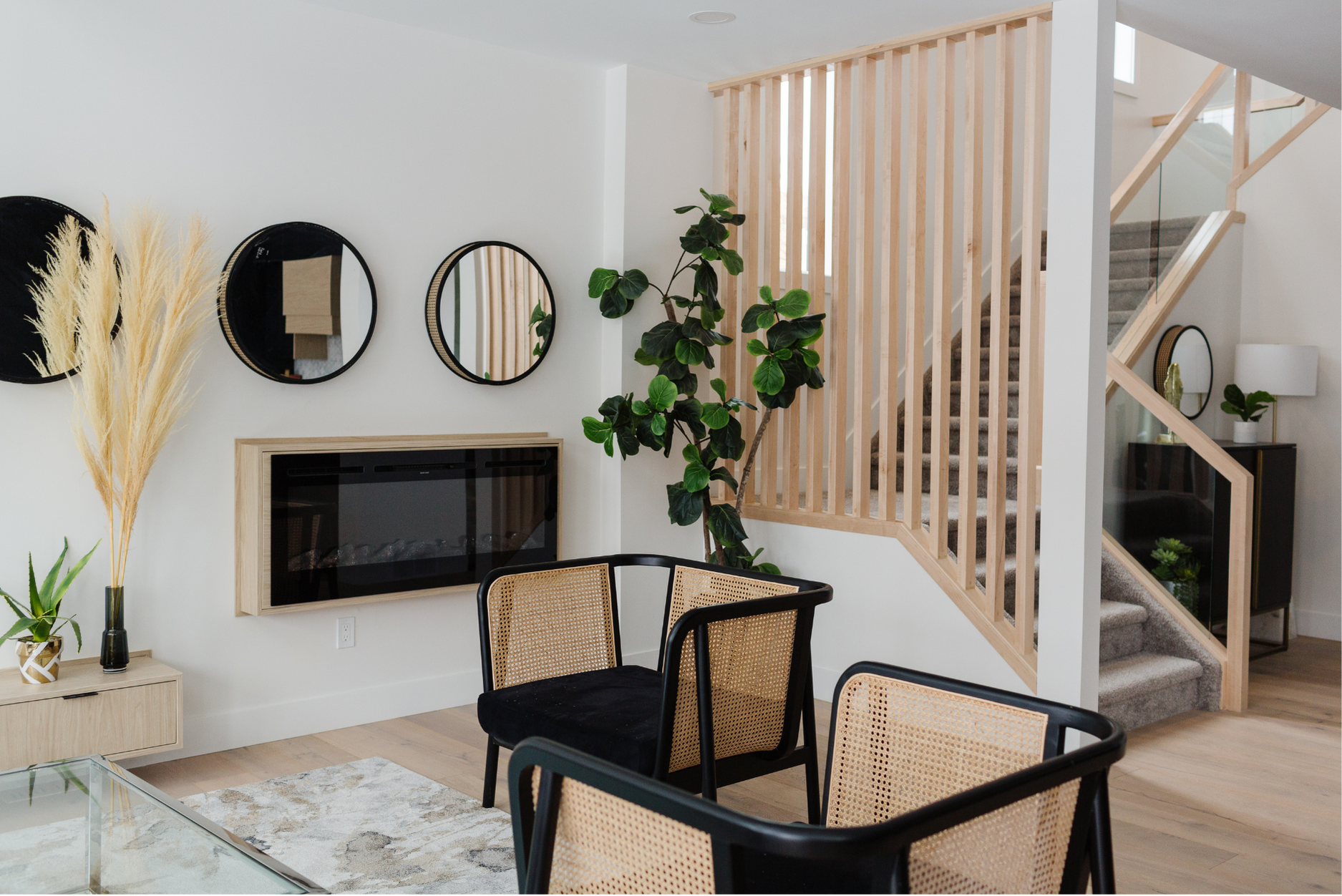Best Materials for Sustainable Interiors That Last
Creating a beautiful home is always rewarding, but creating one that lasts, performs well, and supports the planet is even better. More homeowners are searching for the best materials for sustainable interiors because they want spaces that are stylish, durable, and responsible. And the good news is that sustainable design has never been more exciting. Today’s options go far beyond simple eco swaps, offering advanced, high-performance materials that look incredible and stand the test of time.
This guide explains what makes a material truly sustainable, how to choose pieces that age well, and the innovative sustainable materials for interior design that are shaping homes across Canada. Whether you are refreshing one room or planning a full renovation, you will find practical tips and a helpful list of sustainable materials for interior design that offer long-term value.
The Best Materials for Sustainable Interiors and Longevity
When people think about the top-rated materials for sustainable interiors, they often think of bamboo, cork, or reclaimed wood. Those are great options, but true sustainability also depends on longevity. The longer a material lasts, the fewer replacements you need, which lowers your environmental impact.
Durability and timeless style matter. A material that resists wear, cleans easily, and works across different design eras is far more sustainable than something trendy that feels outdated quickly. Tailored Interior has always believed that great design should age gracefully.
This is why materials with low embodied carbon, natural origins, or high recyclability continue to stand out. They can be renewed, reused, or responsibly produced with minimal impact.
Recommended Materials for Sustainable Interior Design
To choose the best eco-conscious materials for interior design, start by thinking about where they come from, how they are made, and how they perform once installed. Your goal is to find pieces that offer strength, beauty, and reliability without unnecessary environmental stress.
One of the biggest misconceptions is that sustainable materials for interiors are limited to rustic or earthy styles. In reality, brands and makers worldwide are developing stunning new options that fit modern, classic, minimalist, eclectic, or luxury spaces.
As an Edmonton interior designer team, Tailored Interior regularly works with clients who want to mix sustainability with comfort and practicality. Today’s best options make it easier than ever.
Why Sustainable Materials Matter More Than Ever
The design world has entered a new era, and research shows that interior finishes can create more environmental impact over a home’s lifetime than the structure itself. Paints, textiles, cabinetry, and flooring all influence indoor air quality, carbon footprint, and overall wellness.
Using sustainable materials for interior design means choosing options that support your home in several ways. They regulate temperature, improve air quality, resist mould, and hold up to daily use, all while supporting responsible manufacturing.
Homeowners also notice something else. Sustainable interiors simply feel better. Natural textures add warmth, thoughtful craftsmanship adds character, and responsibly sourced materials tend to have richer detail and more meaningful visual stories.
New Sustainable Materials Shaping Interior Design
New sustainable materials for interior design are transforming the industry, bringing together creativity and environmental responsibility. These modern options are becoming favourites among architects and designers because they deliver elevated style without the environmental cost of older materials.
Some of the standout innovations include bio-based textiles, plant-based composites, and recycled surface materials that look as refined as marble, stone, or premium laminates. The difference is that they come from renewable sources and can often be recycled again at the end of their lifespan.
Even classic materials are getting a sustainable upgrade. Wood, glass, metal, and stone are now being produced with lower carbon emissions, natural binders, and energy-efficient manufacturing. You still get the timeless beauty you love, just with a much smaller environmental footprint.
Timeless Natural Materials That Always Style Well
Some sustainable materials for interior design remain favourites because they offer long-term reliability, natural beauty, and strong performance. Options like bamboo, cork, wool, linen, reclaimed wood, and natural stone continue to stand out for a reason.
Natural materials avoid the harsh chemicals and VOCs found in many synthetic products.
They age gracefully, with subtle marks and colour shifts adding character rather than wear.
Organic fibres and non-toxic finishes help your home breathe and support healthier indoor air.
These materials bring warmth, texture, and authenticity that feel timeless in any style.
Best Sustainable Materials for Interior Walls
Walls take up so much visual space that the materials you choose can significantly impact sustainability. Many designers now prefer sustainable materials for interior walls made with plant-based binders, recycled content, or low VOC formulations.
Low VOC paint is still one of the simplest ways to reduce environmental impact, but newer options like mineral-based paints, clay plasters, and bio-based wall coverings offer beautiful texture while supporting healthier indoor air. Some companies even produce wall panels from agricultural byproducts, marine plants, or recycled plastics, giving homeowners creative ways to add interest without sacrificing sustainability.
Tailored Interior often brings texture into a space with natural fibres, limewash, or responsibly sourced wood panels. These materials add depth and warmth while supporting long-term durability.
How to Decide Which Sustainable Materials Fit Your Home
Choosing sustainable materials depends on how your home functions, looks, and feels. Every space has different needs, so selecting the right options starts with understanding how each room is used.
Consider daily usage. High traffic areas need durable, long-lasting materials.
Choose warm, tactile finishes for living rooms and bedrooms.
Use moisture-resistant materials in bathrooms and laundry areas.
Pay attention to lighting, since some materials look different in natural versus artificial light.
Keep climate in mind, as certain materials perform better in cold or humid environments.
Think about maintenance. Natural stone, reclaimed wood, and quality composites age well with simple care
Pick materials you will not need to replace often to reduce waste and long-term costs.
Align choices with your budget and your lifestyle, not just trends.
The Role of Aesthetics in Sustainable Interiors
Many people assume sustainable interiors all look alike, but sustainable design is far more flexible than that. A modern home might feature recycled metal and bamboo cabinetry, while a traditional space can lean into reclaimed wood, wool textiles, and natural stone. Even a contemporary farmhouse can feel elevated with cork flooring, linen drapery, and limewash walls.
The key is choosing materials that match your style while still supporting longevity and environmental health. When those elements align, the space feels organic, cohesive, and sophisticated. Tailored Interior focuses on materials that add visual depth without overwhelming the room, ensuring every sustainable choice enhances the overall design rather than defining it.
A Helpful List of Sustainable Materials for Interior Design
Exploring sustainable options is much easier when you have a clear starting point. Many designers rely on materials that offer long-term performance, natural beauty, and lower environmental impact. Some of the most reliable choices include:
Bamboo for cabinetry and flooring
Cork for insulation, flooring, and acoustic comfort
Reclaimed wood for character-rich beams, floors, and furniture
Recycled metal for fixtures, accents, and custom pieces
Recycled glass for countertops and decorative surfaces
Wool and linen for natural, breathable textiles
Mineral paint and lime plaster for healthy, low-emission walls
Natural stone for durable, timeless surfaces
Engineered stone with recycled content for performance-driven spaces
Plant-based composites for modern, sustainable alternatives to traditional materials
Creating Sustainable Interiors That Feel Last for Years
The leading materials for sustainable interiors are the ones that support your home in every way. They reduce environmental impact, improve comfort, age gracefully, and create a space that feels grounded and welcoming. With so many innovative sustainable materials for interior design available today, it has never been easier to make choices that look good and do good.
Sustainable design is not about sacrificing style. It’s about choosing materials that reflect quality, craftsmanship, and responsibility. Our award-winning interior designers continue to prioritize options that elevate your space while honouring the planet, offering timeless environments that grow with you.







